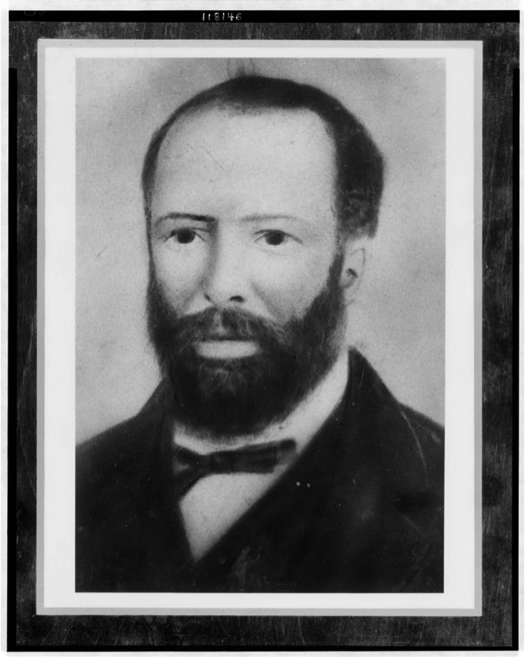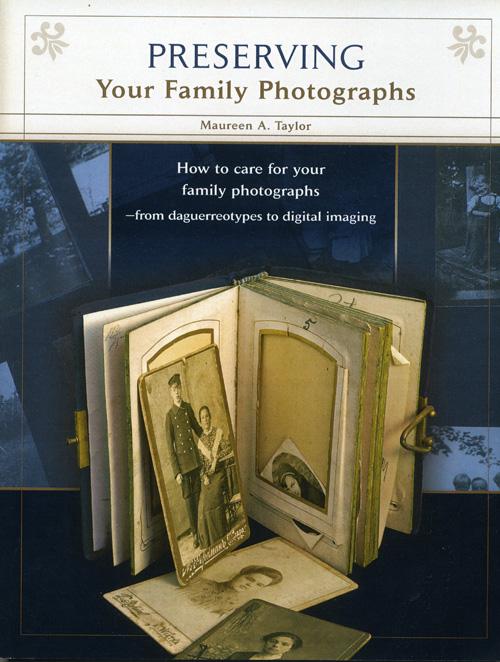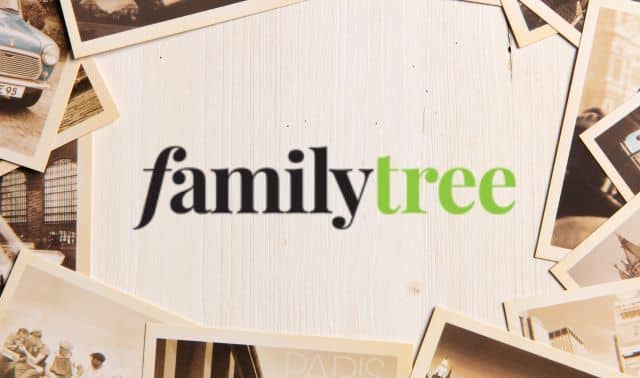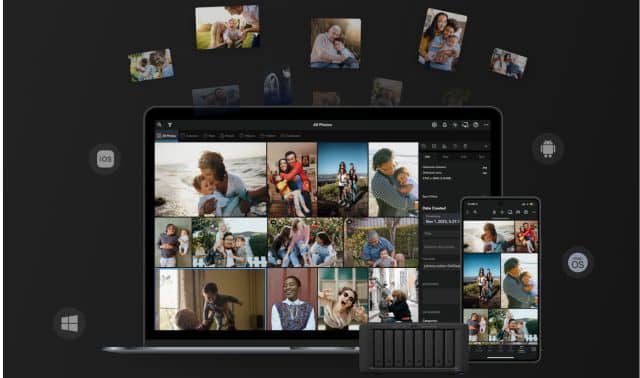Sign up for the Family Tree Newsletter Plus, you’ll receive our 10 Essential Genealogy Research Forms PDF as a special thank you!
Get Your Free Genealogy Forms
"*" indicates required fields

This week’s post is from a reader:. “I have a large 13.5 by 19.5 charcoal of my great grandfather, Anton Martin, which was done in the early 1900s when the family lived in Bridgeville, PA, near Pittsburgh. I have another one of a married couple from Calumet, Michigan, with no possible date, plus a snapshot of them in their home with a charcoal of an unknown man hanging on a wall.”
If you own an oversize portrait that once hung on a wall and you can’t decide if it’s a drawing or a photograph then you own something called a crayon portrait. It’s actually both. It is an artistically enhanced photograph using charcoal, ink, or pastels.
When was it popular to have charcoal portraits made?
Artistically enhanced images date back to the daguerreotype era, when studios added pink cheeks and gold jewelry. Once images could be enlarged and printed on paper in the 1860s, these enhanced images began to look like paintings or drawings. I have one of my great grandfather done in the 1890s.
Were they expensive?
Prices varied by time period such as a dollar in the 1860s. In 1892, the Herman and Hesse company in Wichita Kansas offered their customers FREE crayon portraits if they bought $25. worth of clothing.
There were also photographic scammers that traveled the country offering to have this type of portrait done for customers. They took the money but never delivered the goods.
Were they commonplace?
They were quite popular. Men would have them made when they received promotions. Children would have them made of their parents. They were common as memorial pieces for deceased children.
Why did they catch on?
A crayon portrait was cheaper than sitting for a painted portrait. The artist could enhance a person’s appearance making them look younger or by personalizing it to reflect what was actually worn. Occasionally I’ve seen photos with coloring instructions and dimensions on the back. These instructions were meant for the photo studio and colorist to make the crayon portrait.
Are there any worthwhile resources about charcoal portraits?
Yes! These portraits are very fragile and often end up need conservation. Here’s a guide by the American Institute for the Conservation of Historic and Artistic Works
Dating these prints can be tricky. They have two dates. One from when the actual picture was taken and another date for when the enlargement was made. It’s important to pay attention to clothing clues.

Maureen A. Taylor, author of Uncovering Your Ancestry Through Family Photographs, provides all the information you need to care for your family photograph collection. In Preserving Your Family Photographs, she outlines how to add value to your home collection by using the methods that conservators and photo curators use every day!
ADVERTISEMENT




